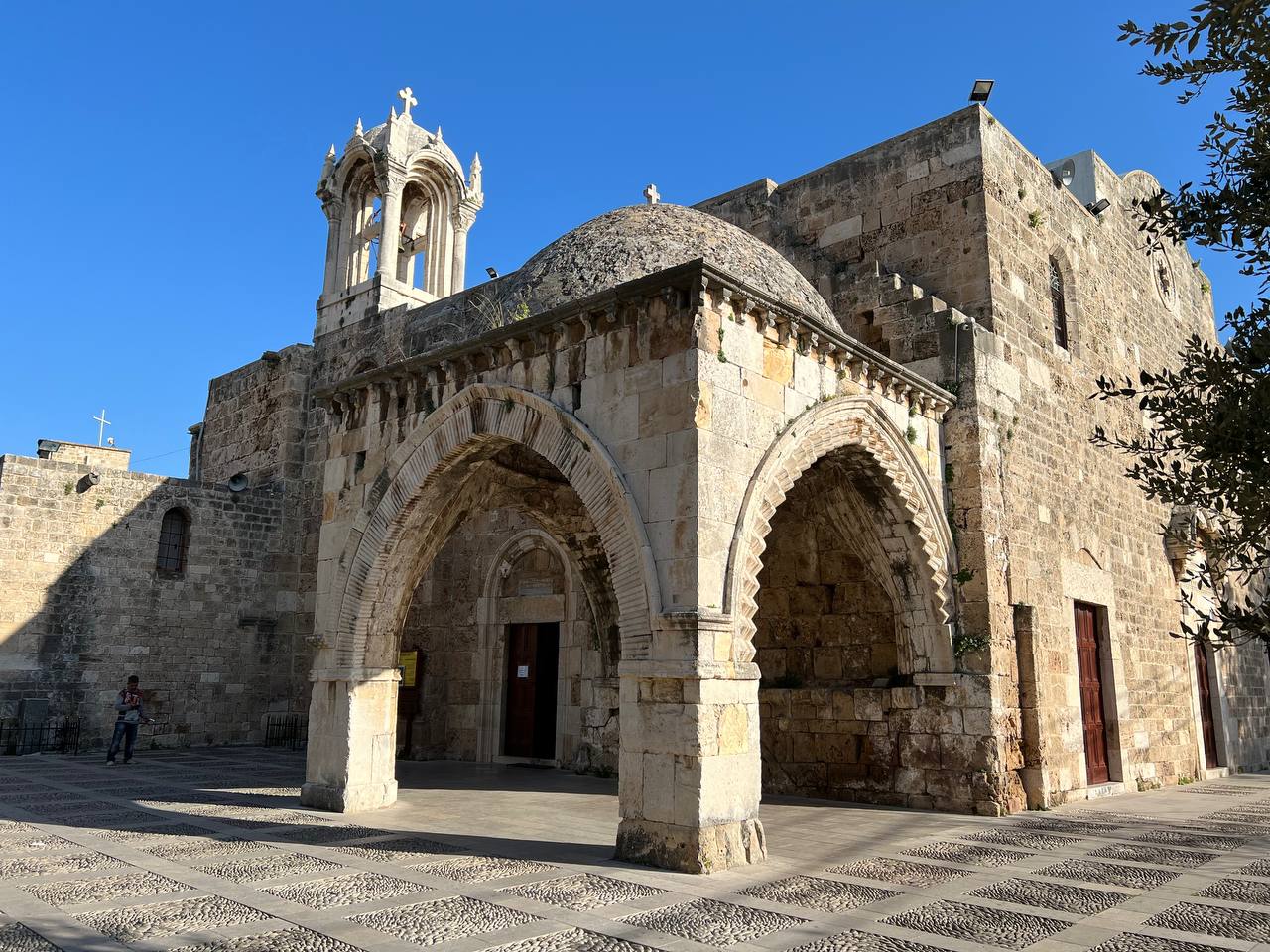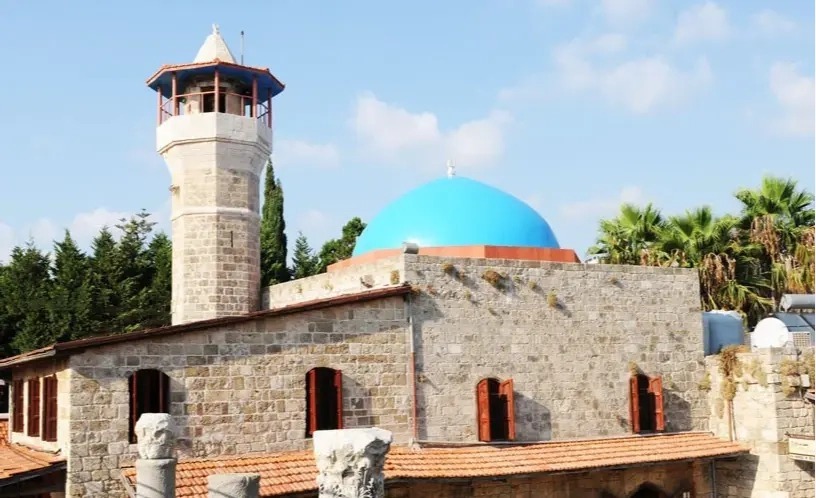As one of the oldest continually inhabited cities in the world, Jbeil is rich in religious sites. And while USAID’s Trade and Investment Facilitation (TIF) project is working to raise the profile of the district and enhance its tourism offerings, we take the opportunity to explore its religious heritage.
Saint John-Mark Church / Saint John’s Cathedral
The spectacular Cathedral of Saint John-Mark Church is one of Jbeil’s most visited sites. Built by the Crusaders in 1115 AD, it faced various calamities and remained abandoned for centuries. In 1776, after serving as a horse stable, it was restored and reopened by the Lebanese Maronite Order with the help of the Emir Youssef Chehab. Notable features include an open-air domed baptistery, which was part of the original structure.
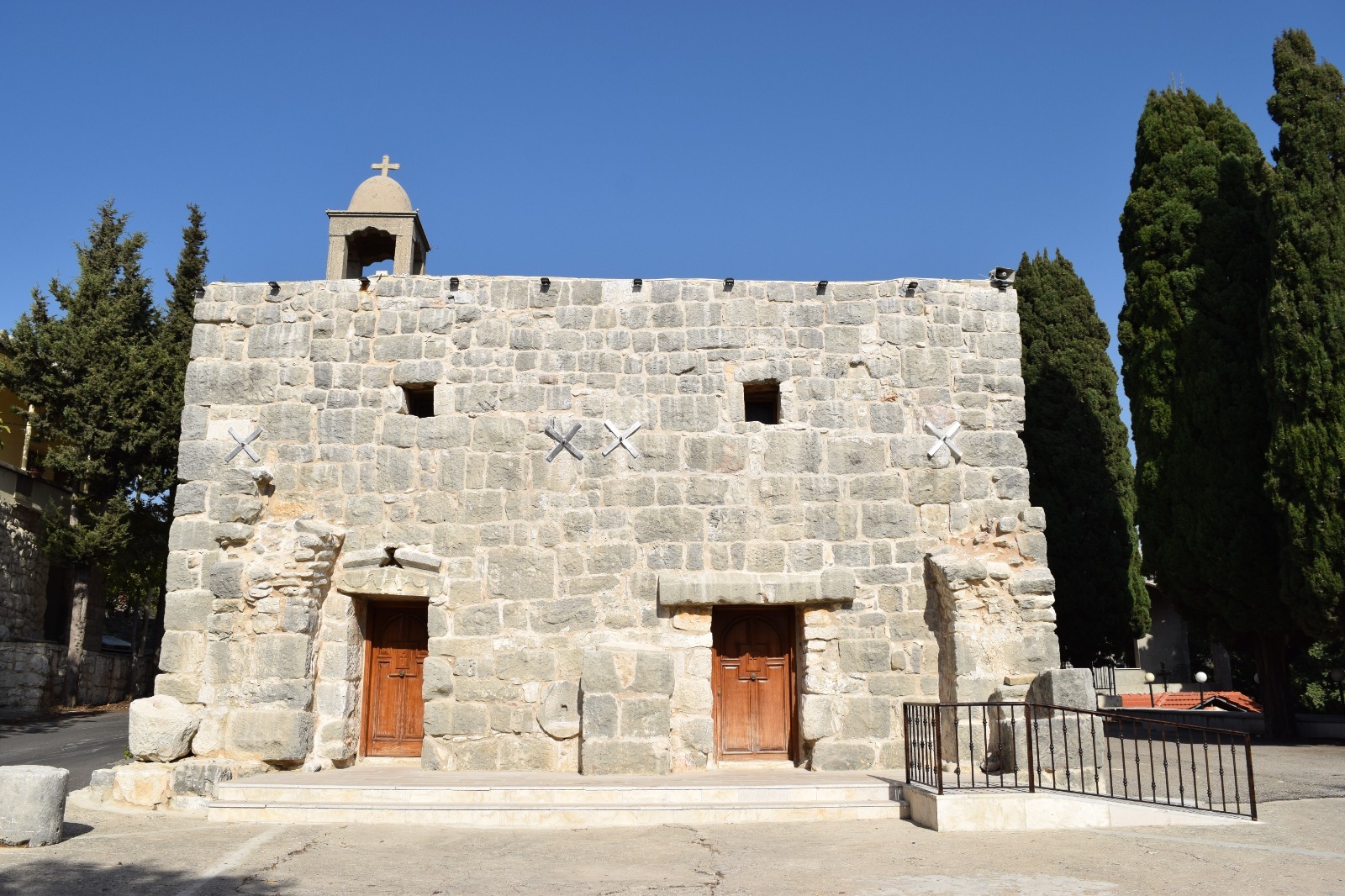
Photo Credit: Rami Daher
Church of Mar Takla and Mar Estphen
The Church of Mar Takla and Mar Estphen in Chamat is a significant historical monument located on the mountain slope. Originally a pagan temple, it was transformed into a church in the Byzantine era and later became a Maronite church. With two naves and altars dedicated to each saint, it symbolizes the fusion of cultures over time.
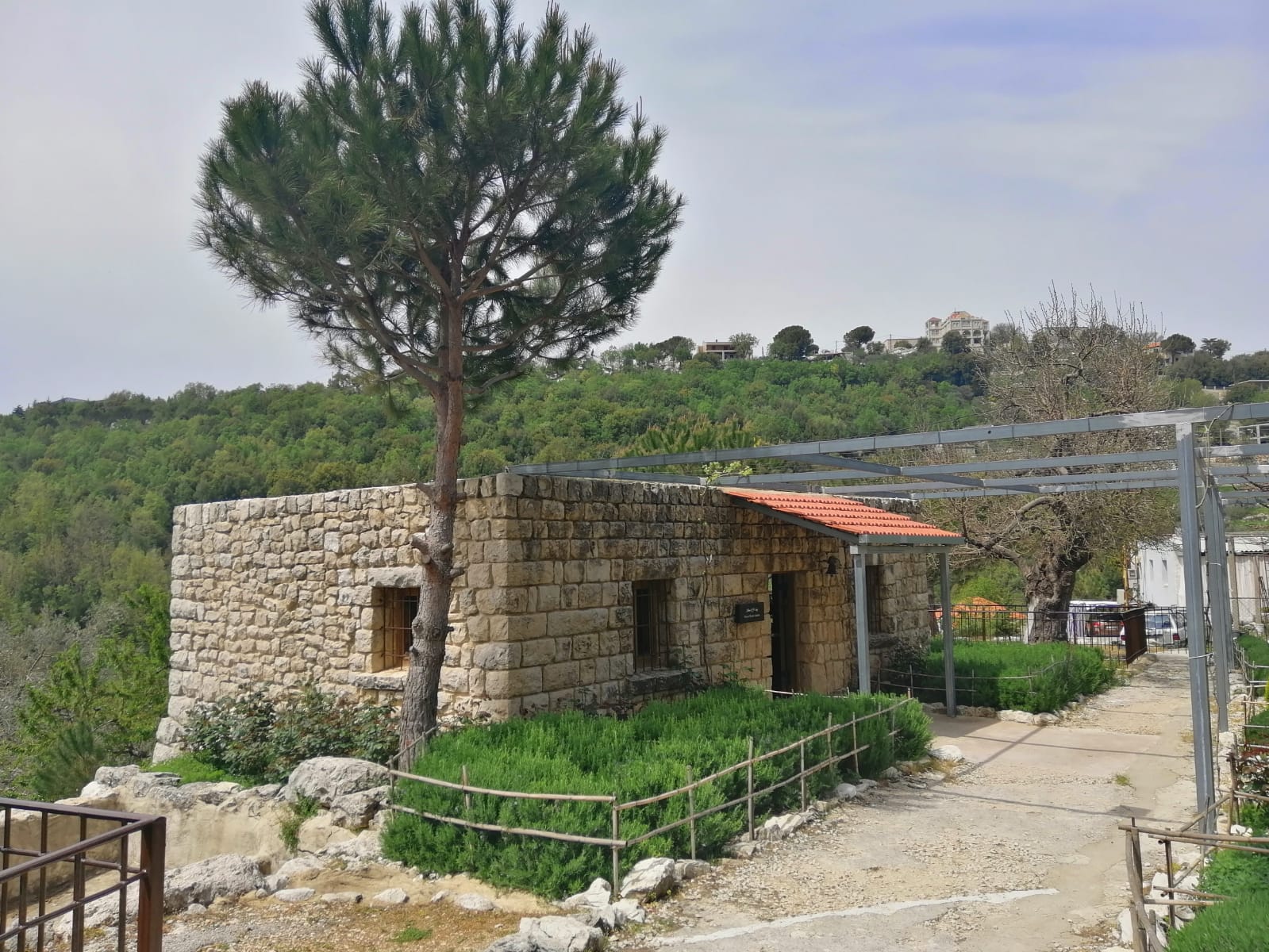
Photo Credit: Elias Ghanem Ghanem
House of Toubawi Estephan
Situated on the western side of Lehfed a stone house where Estephan Nehme (Youssef) experienced spiritual enlightenment. Despite its unassuming nature, the house has been transformed into a revered shrine that draws in pilgrims from near and far.
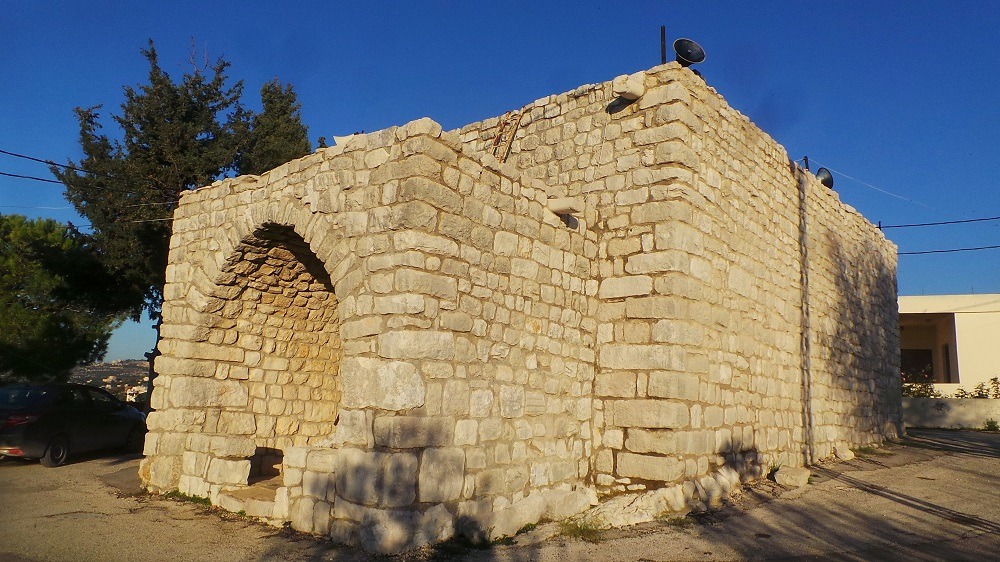
Photo credit: Ali Badawi
Mar Tadros Church Behdeidat
The Mar Tadros Church in Behdidat near Jbeil is known for its 13th-century murals. Inside the small church, exquisite frescoes depict the story of Salvation from the Old and New Testaments, dedicated to Saint George and Saint Theodore. The church brings together Byzantine and Syriac artistic traditions with distinctive architectural elements. The solemn figures in the frescoes, which are outlined in thick black lines, are regarded among the finest examples of Crusader-era paintings in the Levant.
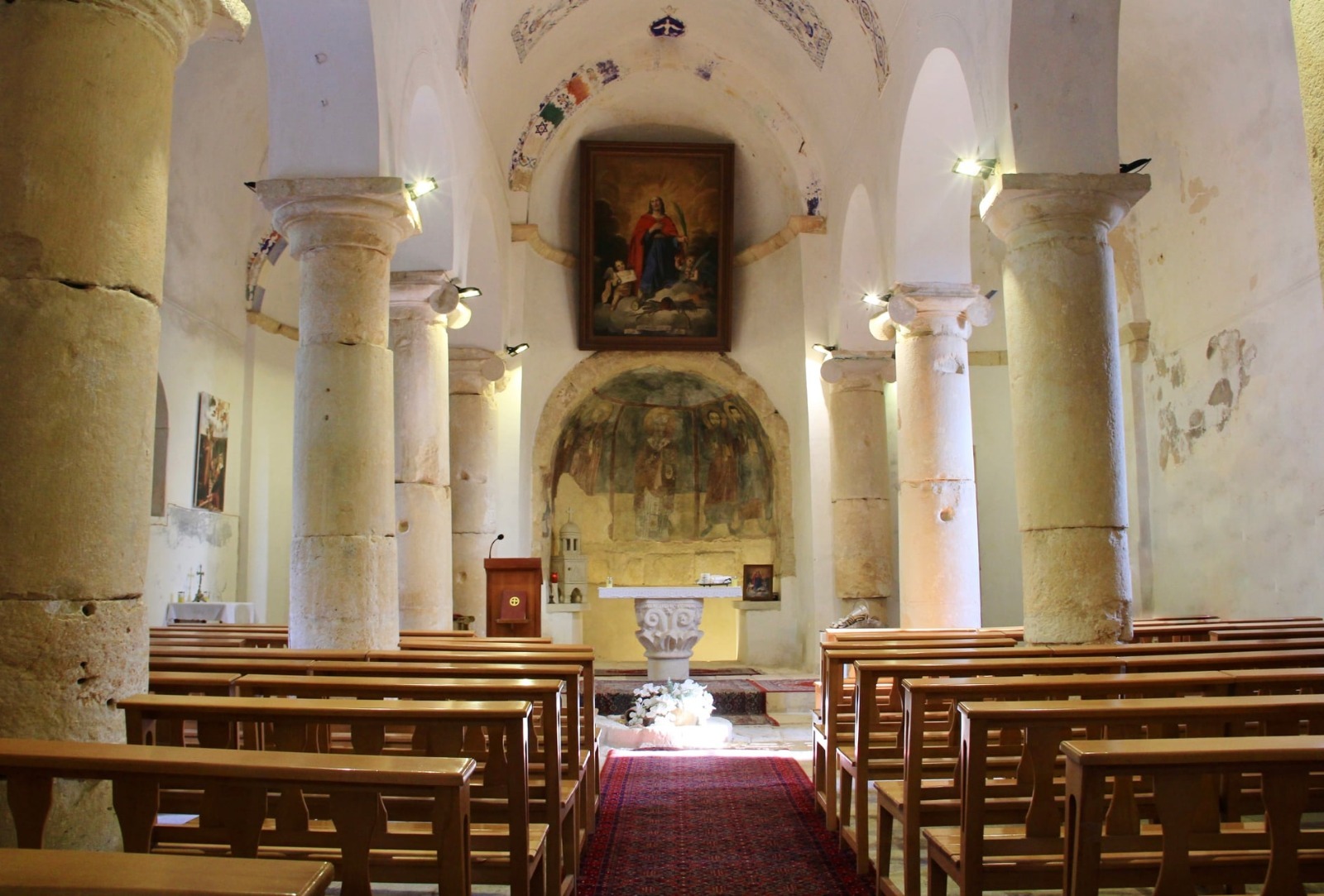
Photo credit: Ali Badawi
Church of Saint Charbel of Edessa
The Saint Charbel of Edessa Church in Maad has a rich history spanning 2,400 years, influenced by no fewer than 12 civilizations, including the Phoenicians, Greeks, Romans, Byzantines, Islamic caliphates, Crusaders, Mamluks and Ottomans. Being ne of the main fortifications on the Harba valley, the church is renowned for its beautiful frescoes, including the Dormition of the Virgin Mary, and houses a museum featuring the only Crusader tomb in the Middle East. Youssef Makhlouf, known as Charbel Annaya, took his name from its patron saint, Charbel of Edessa.
The Sultan Abdul Majid Mosque
Situated in the historic quarter of Jbeil, the Sultan Abdul Majid Mosque, constructed during the Mamluk era (13th century), was modified in 1648 and underwent further renovations by Emir Youssef Chehab in 1783. It features a semi-spherical dome and an octagonal minaret.
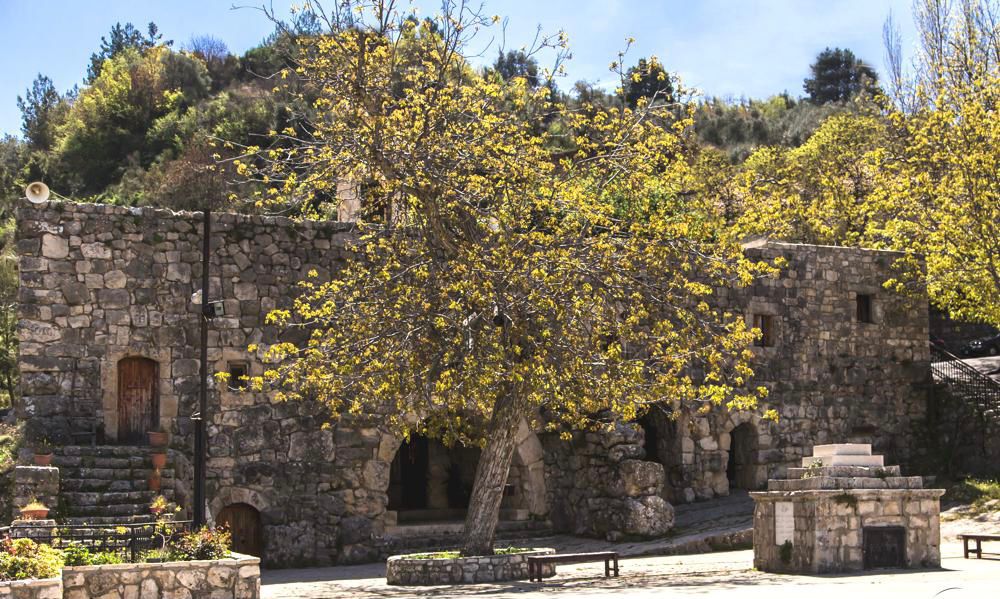
Photo Credit: Wissam Younane
Monastery of Our Lady of Ilige
The Monastery of Our Lady of Ilige, located in Mayfouk at the source of the Madfoun river in the high mountains between Jbeil and Batroun regions, was built on the site of a former pagan temple. Influenced by the Ottomans, it underwent renovations in 1783. Many believe that the monastery’s name derives from the Greek word “helios,” meaning “sun.” The site features ancient inscriptions that are linked to the travels of the apostles. Being the third residence of the Maronite patriachs, many are buried within the temple, while others rest nearby.
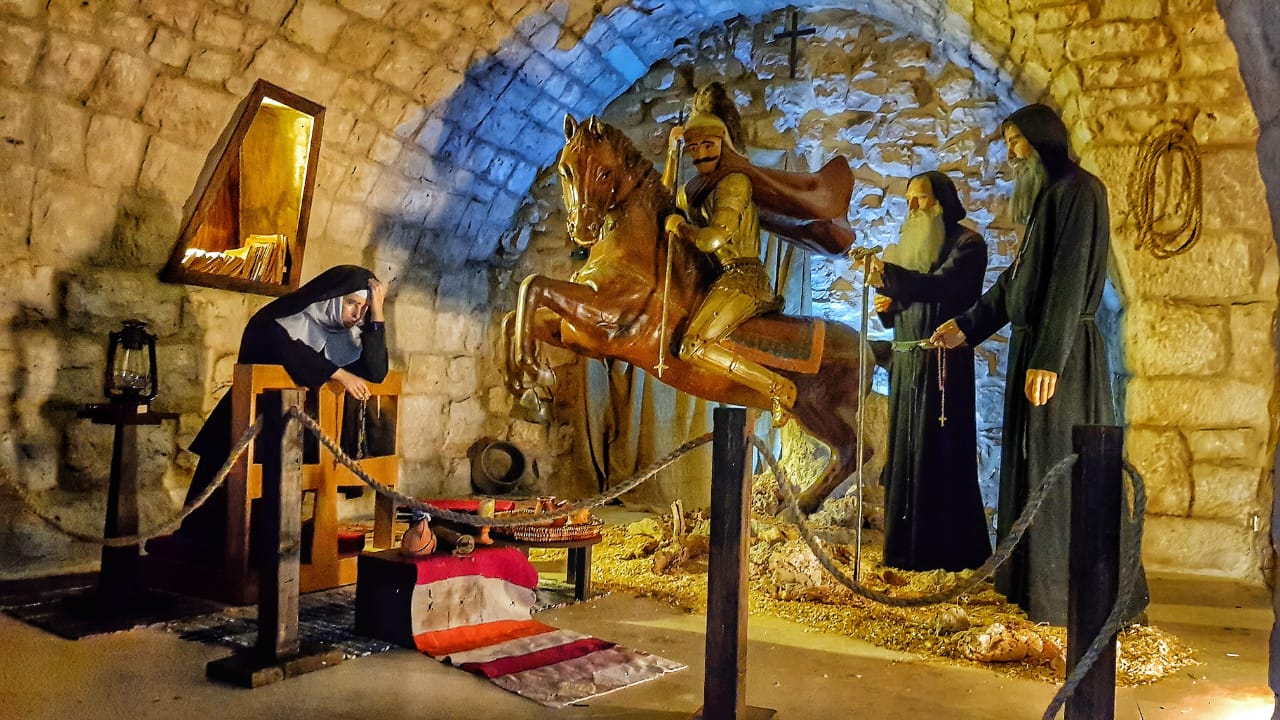
Photo credit: Mazen Rizk
Saint Rafka’s School
Saint Rafka’s School, also known as the wakf Mar Antonios Maad, was established between 1864 and 1871 by Anton Issa. It was founded thanks to the help of nun Boutrosiya al-Hamalawiyah, who was later known as Saint Rafqa, and her companion Agata al-Zoghbi. Initially providing free education for girls, the school sadly closed in 1871 due to the dissolution of the Association of Maryams. Boutrosiya went on to pursue a monastic life and eventually dedicated seven years to establishing a new school for girls in Maad village, supported by the generosity of Antoun Issa.
For more information, contact Maison du Tourisme on +961 70 104 173.
This article is part of a joint project to promote tourism destinations across Lebanon, launched by the Trade and Investment Facilitation (TIF) activity, funded by the United States Agency for International Development (USAID), and Hospitality Services. The content of this article is the sole responsibility of Hospitality Services, and does not necessarily reflect the views of USAID or the United States Government.
Loading



